Raw Food Diet: Here’s Why Not Cooking Might Help
Ever thought about letting your inner animal out by eating things raw? While we all do eat some food raw, like various types of fruits and nuts. Most vegetables and meat are cooked before we gobble them up. However, a raw food diet does things differently by staying true to its name.
If you wish to become like Bear Grylls and have a completely uncooked raw food diet (I mean, why not?), then you have come to the right place.
Read this post till the end to learn about the infamous raw food diet and why it may help you stay healthy.
Contents
What Is A Raw Food Diet?
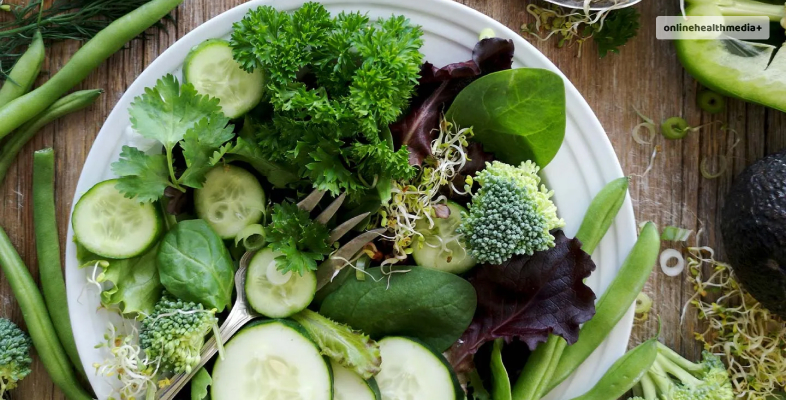
A raw food diet, also known as a raw vegan or raw foodism diet, is a dietary approach that emphasizes the consumption of unprocessed and uncooked foods, primarily plant-based foods.
The fundamental principle of a raw food diet is that foods should not be heated above a certain temperature, typically around 104–118°F (40–48°C).
Proponents of this diet believe that cooking food above these temperatures can destroy enzymes, nutrients, and other essential compounds, potentially reducing the food’s nutritional value.
What Can You Eat In A Raw Food Diet?
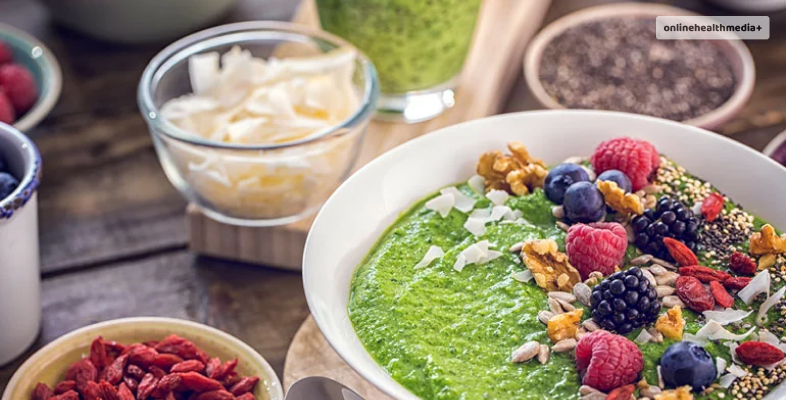
If you follow a raw food diet, your food choices primarily consist of unprocessed and uncooked plant-based foods. Here’s a detailed explanation of what you can eat on a raw food diet:
1. Raw Fruits
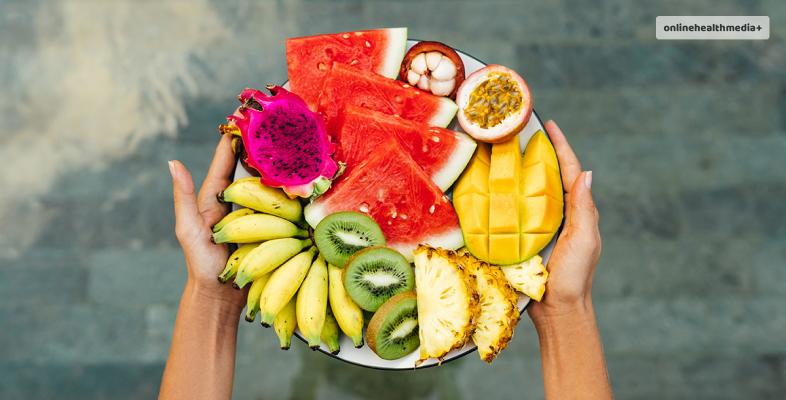
Raw fruits are a foundational part of a raw food diet. They provide essential vitamins, minerals, fiber, and natural sugars. They can be enjoyed whole or blended into smoothies.
Some of the best raw fruits you can enter here are:
- Apples
- Bananas
- Berries
- Citrus Fruits
- Mangoes
- Pineapples
- Papayas
- Kiwis
- Melons
- Grapes
Cherries
2. Raw Vegetables
Raw vegetables that are rich in vitamins, minerals, fiber, and antioxidants. They can be eaten as salads and wraps or used in dishes like zucchini noodles (zoodles).
Some of the best raw vegetables to consider including in your raw diet (similar to a vegan diet) are:
- Spinach
- Kale
- Lettuce
- Carrots
- Cucumbers
- Bell Peppers
- Tomatoes
- Broccoli
- Cauliflower
- Zucchini
- Radishes
- Celery
- Avocado
- Cabbage
3. Raw Nuts and Seeds
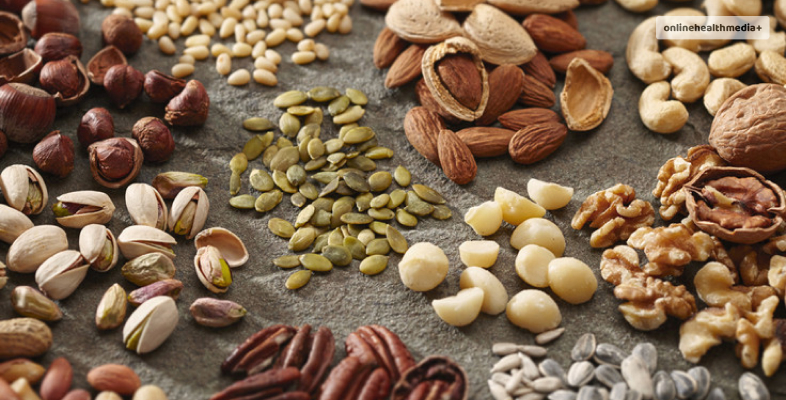
Raw nuts and seeds provide healthy fats, protein, and essential nutrients. They can be eaten as snacks, added to salads, or used in raw desserts.
If you wish to follow a raw diet, here are some great nuts and seeds that you should include:
- Almonds
- Walnuts
- Cashews
- Pecans
- Hazelnuts
- Brazil Nuts
- Sunflower Seeds
- Pumpkin Seeds
- Chia Seeds
- Flaxseeds
4. Sprouted Grains and Legumes
Sprouting grains and legumes can increase nutrient availability and make them easier to digest. They can be used in salads or as a base for various dishes.
So essential sprouted grains and legumes to include in your raw diet are:
- Sprouted Quinoa
- Sprouted Lentils
- Sprouted Chickpeas
- Sprouted Mung Beans
- Sprouted Buckwheat
5. Raw Plant Oils
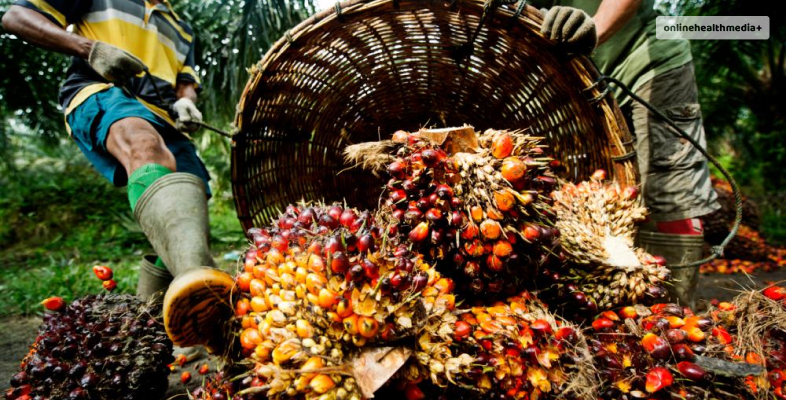
Various types of oils are used in moderation to add flavor and healthy fats to salads and raw dishes. Cold-pressed oils are preferred for their minimal processing.
The best oils to keep your raw diet healthy are:
- Sprouted Quinoa
- Sprouted Lentils
- Sprouted Chickpeas
- Sprouted Mung Beans
- Sprouted Buckwheat
6. Raw Sweeteners
Raw sweeteners can be used sparingly to add sweetness to raw desserts, smoothies, or snacks. Dates are often used as a natural sweetener in raw food recipes.
The best raw sweeteners to include in your raw food diet are:
- Raw Honey
- Maple Syrup
- Dates
- Agave Nectar
7. Raw Dairy Alternatives
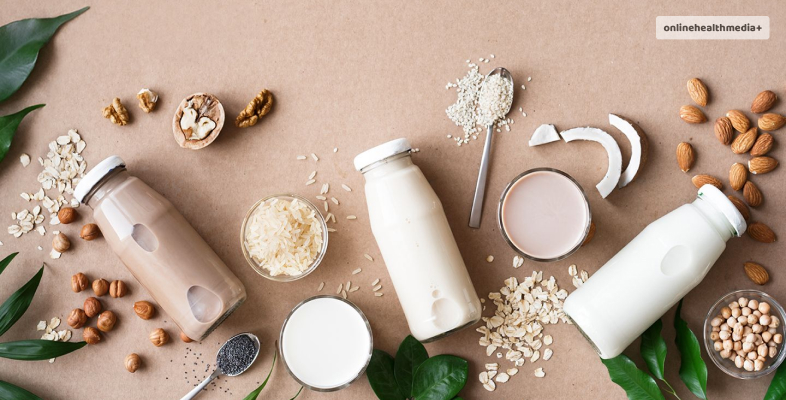
Dairy alternatives made from nuts and seeds are used to create creamy textures in raw recipes. They are suitable for making smoothies, dressings, and desserts.
Some of the best raw dairy alternatives for your raw diet are:
- Almond Milk
- Coconut Milk
- Cashew Cheese
- Nut-Based Yogurts
8. Dried Fruits and Vegetables
Dried fruits and vegetables can be used as snacks or ingredients in raw recipes. They should be consumed in moderation due to their concentrated sugars.
The best dried fruits and vegetables here are:
- Dried Apricots
- Dried Figs
- Dried Dates
- Sun-Dried Tomatoes
- Dried Seaweed Snacks
9. Fermented Foods
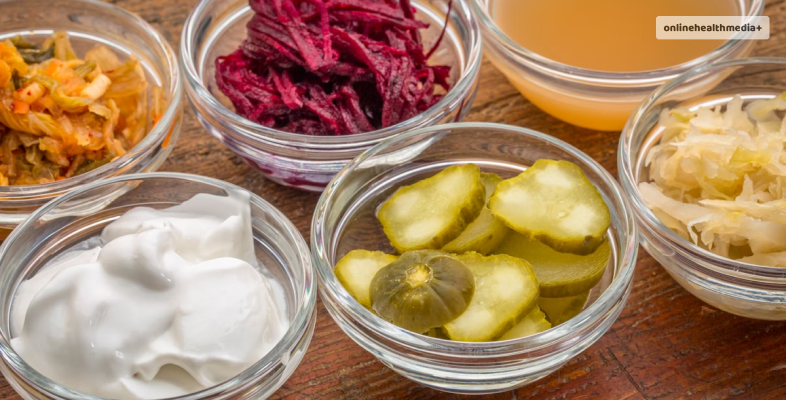
Various fermented foods provide probiotics and can support digestive health. They are included to enhance the diet’s nutritional profile.
Some essential fermented foods to include in your diet are:
- Raw Sauerkraut
- Raw Kimchi
- Raw Kombucha
- Fermented Nut Cheeses
10. Herbs, Spices, And Seasonings
Spices add flavor and variety to raw dishes, enhancing their taste without the need for cooking.
The best spices to season your rw food with and make it taste good are:
- Basil
- Cilantro
- Parsley
- Cayenne
- Cumin
- Turmeric
- Himalayan Pink Salt
- Raw Garlic
- Raw Onion
- Lemon Juice
- Apple Cider Vinegar
What Are The Benefits Of Following A Raw Food Diet?
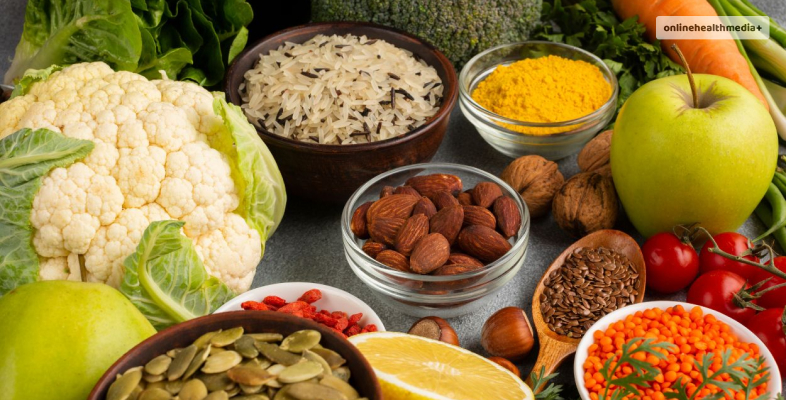
A raw food diet is associated with various beliefs and potential benefits, but it’s essential to recognize that these claims are often debated, and individual experiences may vary.
Here are some of the common beliefs and potential benefits associated with a raw food diet, explained in detail:
1. Improved Nutrient Retention
Raw foodists contend that cooking food above a certain temperature (typically 104–118°F or 40–48°C) destroys enzymes, vitamins, and minerals, resulting in decreased nutrient availability.
Raw food proponents argue that consuming food in its natural, uncooked state preserves its nutritional value, enhancing nutrient absorption in the body. They emphasize the importance of enzymes present in raw foods for digestion and overall health.
2. Weight Management
A raw food diet, often low in processed and high-calorie foods, can lead to weight loss and help maintain a healthy weight.
Many individuals on a raw food diet experience weight loss due to the reduced calorie density of raw foods. A diet rich in fruits, vegetables, and nuts can be lower in calories while providing essential nutrients.
3. Improved Digestion
Raw foods are believed to support healthy digestion due to their natural enzymes, fiber content, and easy-to-digest nature.
Raw food enthusiasts suggest that a diet high in fiber, enzymes, and living microorganisms from fermented foods can promote better digestion, reduce bloating, and prevent gastrointestinal discomfort.
4. Enhanced Energy Levels
Some people report increased energy and vitality on a raw food diet, attributing it to the natural, unprocessed nature of the foods.
The high water content and nutrient density of raw fruits and vegetables may provide sustained energy levels throughout the day. A diet rich in antioxidants may also reduce oxidative stress and fatigue.
5. Better Skin and Hair Health
Advocates suggest that raw food diets can lead to improved skin complexion, hair quality, and overall appearance.
The consumption of antioxidant-rich foods and healthy fats from nuts and seeds can support skin health. Raw food diets may also help reduce inflammation, which can positively impact skin conditions.
6. Detoxification
Some proponents of raw food diets claim that the diet’s cleansing properties can help the body detoxify and eliminate toxins.
Raw food diets emphasize whole, unprocessed foods, which can reduce the intake of additives and artificial substances. Additionally, the high fiber content may support regular bowel movements, aiding in detoxification.
7. Enhanced Mental Clarity
A raw food diet is said to promote mental clarity, improved cognitive function, and enhanced mood.
Nutrient-rich raw foods, particularly those high in antioxidants and essential fatty acids, are believed to support brain health and cognitive function, potentially leading to improved mental clarity and mood.
8. Potential Disease Prevention
Some raw food proponents argue that the diet may reduce the risk of chronic diseases such as heart disease, diabetes, and cancer.
Raw food diets are typically rich in antioxidants, phytochemicals, and fiber, which are associated with a lower risk of chronic diseases. However, more research is needed to establish a direct link.
9. Ethical and Environmental Considerations
Many individuals choose a raw food diet for ethical reasons, as it often aligns with vegetarian or vegan values. Additionally, raw food diets are seen as more sustainable due to reduced energy and resource consumption associated with cooking.
Choosing a raw food diet for ethical and environmental reasons can align with personal values and contribute to a more sustainable lifestyle.
What Are The Challenges And Considerations To Keep In Mind?
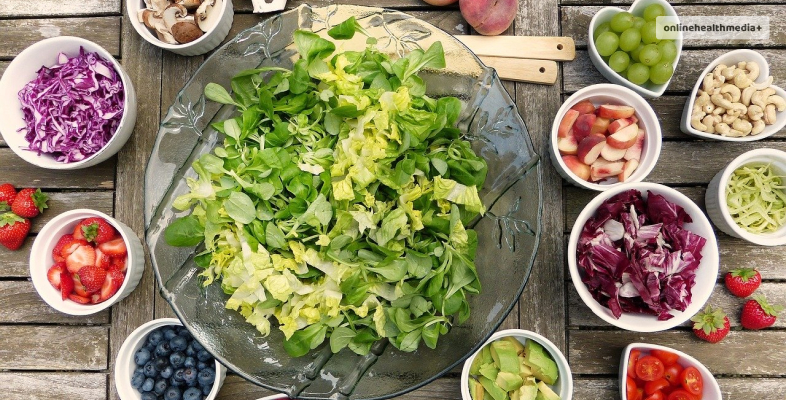
While a raw food diet may offer potential benefits, there are several challenges and considerations that individuals should keep in mind when following this dietary approach. It’s important to be aware of these factors to make informed decisions and maintain good health. Here are the challenges and considerations associated with a raw food diet:
1. Nutritional Deficiencies
Raw food diets can be deficient in certain essential nutrients, including vitamin B12, iron, calcium, zinc, and omega-3 fatty acids. These nutrients are primarily found in animal products or foods that are better absorbed when cooked.
Individuals on a raw food diet should carefully plan their meals to ensure they meet their nutritional needs. This may involve incorporating fortified foods, supplements, or specific raw sources of these nutrients.
2. Digestive Issues
Some people may experience digestive discomfort, gas, bloating, or diarrhea when transitioning to a raw food diet. Raw foods can be more challenging to digest, especially if consumed in large quantities or too quickly.
Gradual transition and proper food-combining techniques can help minimize digestive issues. Chewing food thoroughly and incorporating fermented foods (e.g., sauerkraut, kimchi) can also support digestion.
3. Caloric Intake
A raw food diet can be lower in calories compared to diets that include cooked foods. This can lead to unintended weight loss or inadequate energy intake.
It’s essential to monitor caloric intake and ensure that you are consuming enough energy to meet your daily needs. Including calorie-dense foods like nuts, seeds, and avocados can help maintain a healthy weight.
4. Food Safety
Consuming raw foods carries a higher risk of foodborne illnesses, as they have not undergone cooking, which can kill harmful bacteria and parasites.
Practice strict food safety measures, including thorough washing of fruits and vegetables, proper storage, and the use of clean kitchen tools and equipment. Avoid consuming raw animal products like raw eggs or unpasteurized dairy, which can pose additional food safety risks.
5. Social and Practical Challenges
Following a raw food diet can be socially isolating and challenging when dining out or attending social events. Finding suitable options in restaurants or at gatherings may be difficult.
Inform friends and family about your dietary choices and seek supportive environments. Some raw foodists choose to bring their own meals to social events or eat before attending.
6. Time-Consuming Preparation
Preparing raw food dishes can be time-consuming due to the need for soaking, sprouting, chopping, and dehydrating ingredients.
Plan meals in advance and allocate time for food preparation. Investing in kitchen equipment like a high-speed blender and food dehydrator can expedite the process.
7. Risk of Overconsumption
The palatability of raw food dishes may lead to overconsumption of certain foods, such as nuts and dried fruits, which are calorie-dense.
Practice portion control and balance your diet with a variety of raw foods to prevent overeating calorie-dense items.
8. Limited Variety
The raw food diet can be restrictive in terms of food choices, potentially leading to dietary monotony.
Explore diverse raw recipes and ingredients to maintain variety in your meals. Experiment with new foods and flavor combinations to keep your diet interesting.
9. Nutrient Absorption
While raw foods contain beneficial nutrients, some compounds may be better absorbed when cooked (e.g., lycopene in tomatoes). Cooking can break down cell walls and release nutrients for absorption.
Balance a raw food diet with a variety of fruits and vegetables to ensure you receive a range of nutrients. Incorporate some lightly cooked foods or use techniques like blanching when necessary.
Conclusion
While a raw food diet primarily includes plant-based foods, some variations of the diet may include limited amounts of raw animal products like raw fish (sashimi) or raw eggs. However, these animal-based options are less common and not part of a strict raw vegan diet.
It’s important to note that a well-balanced raw food diet requires careful planning to ensure that you meet your nutritional needs, particularly for nutrients like vitamin B12, iron, and calcium that may be lacking in raw plant foods.
Consulting with a healthcare provider or registered dietitian when adopting a raw food diet is recommended to ensure you are meeting your nutritional requirements.
Also Read
- The Benefits Of Physiotherapy For Chronic Pain Management.
- Anxiety Got You Feeling Restless? Try Meditation For Anxiety!
- Healing From Within: Harnessing The Body’s Energy In Recovery.



